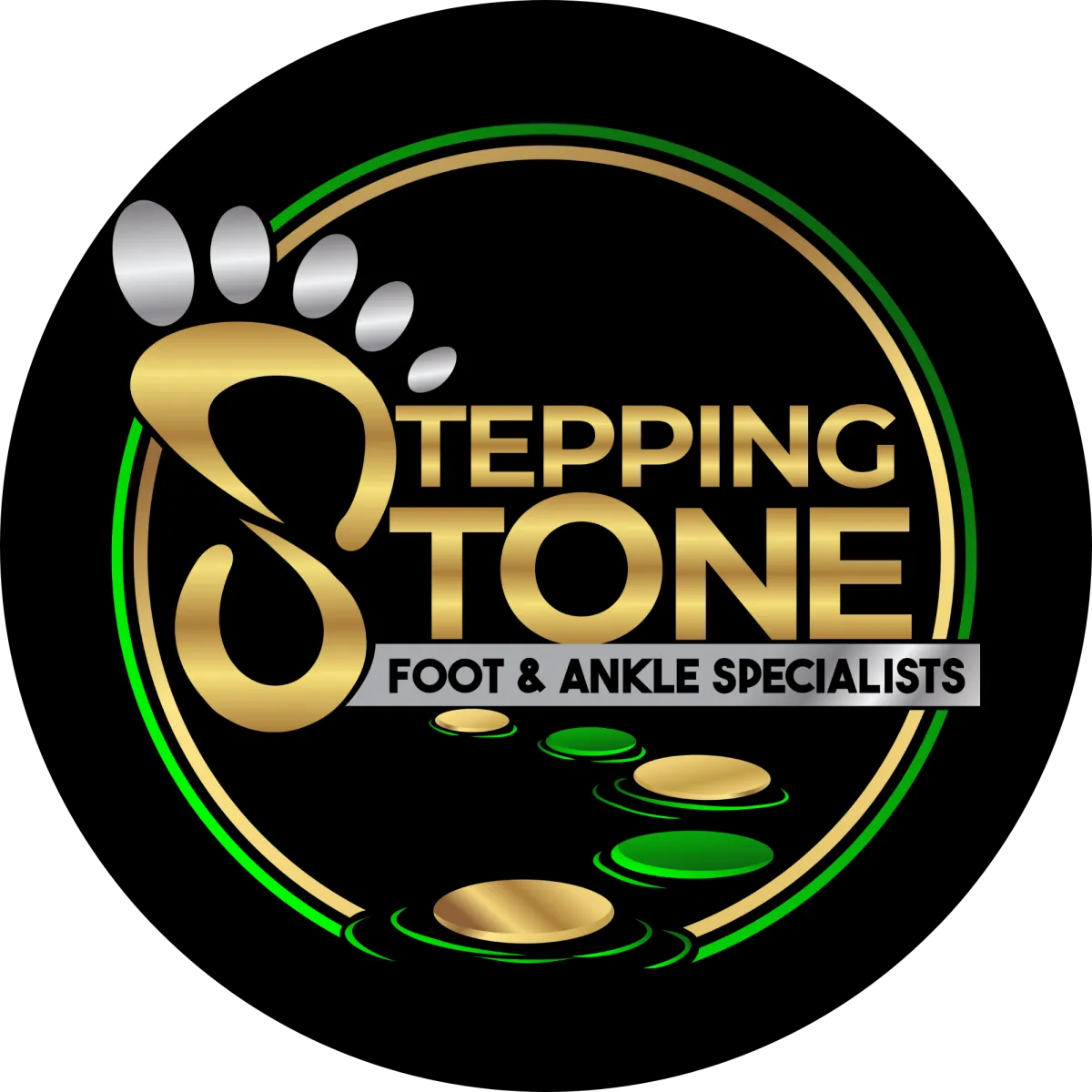
There are three stages of ingrown toenails. In the first stage the skin on either side of the nail is red and painful to the touch because of irritation, not infection. In the second stage the skin is infected and may bulge over the side of the nail which may ooze clear fluid or pus. In the third stage the skin has been infected for a prolonged time and is trying to heal itself. The skin does this by forming granulation tissue. This is heaped up extra red tissue that bleeds easily and migrates over the nail edge.
Ingrown toenails result when the nail grows into the flesh of your toe, often the big toe. Common causes include:
Ingrown toenails are diagnosed clinically by their appearance. If pus is present, it may be cultured to determine the bacteria involved, but this is not always necessary. Infections that involve the bone or joint space may need to be ruled out with an X-ray, but this extent of infection is rare.
Ingrown toenails are treated based on the stage involved. Toenails in stage 1 can be treated with warm soaks, a cutout shoe, and by elevating the nail with a cotton swab. Symptoms usually improve after a couple of days, but may not resolve for 2 to 3 weeks. Toenails in stage 2 can be treated with warm soaks and oral antibiotics. Closed-toed shoes and hosiery should not be worn for at least 1 week. If the toenail is especially painful, a portion of the toenail may need to be removed. This is done in the office under local anesthesia. Toenails in stage 3 need to be treated with partial or full toenail removal. For recurrent instances of ingrown nails, the nail bed can be ablated. This is done by placing phenol on a cotton swab and inserting it under the cuticle remaining after the nail has been removed. The phenol kills the matrix cells that make the nail plate.
You can treat stage 1 ingrown toenails at home. Here’s how
Luckily, there is a nonsurgical option to resolve your ingrown toenail. It is non-invasive long-term correction of your nail and will re-train its growth. If you are interested in this option, call our office to see if you are a candidate for the treatment with Dr. Wendy Le.
Surgical options include nail avulsion or matrixectomy. Avulsion results in the temporary removal of the nail plate from its attachments to the nail matrix, nail bed, and periungual skin folds. It can be performed in a total or partial fashion either as the primary procedure or as an initial step in the treatment process. Matrixectomy results in the permanent destruction of the matrix cells, thereby ending nail plate production. The entire matrix can be destroyed (total matrixectomy), resulting in the permanent absence of a nail plate, or only that portion of the matrix producing the offending nail margin can be destroyed (partial matrixectomy), resulting in a narrower nail plate. Chemical matrixectomy is the most common method used.

Stepping Stone Foot & Ankle Specialists
170 N. Henderson Road,
Suite 310, King of Prussia
PA 19406-2155

